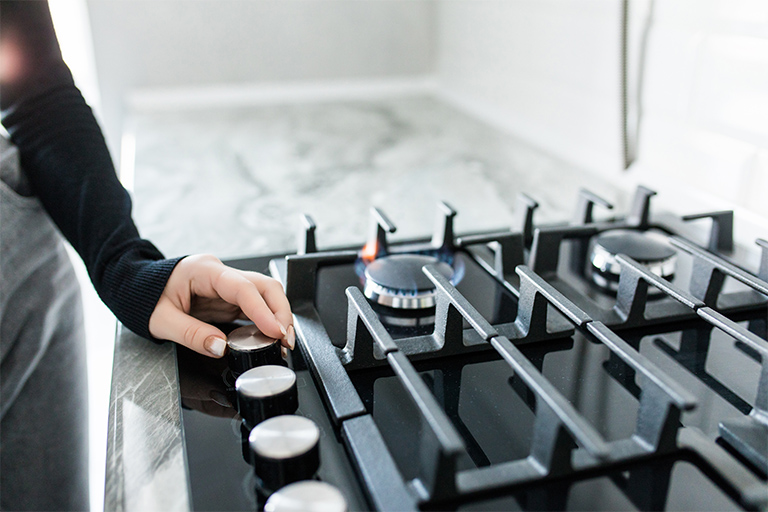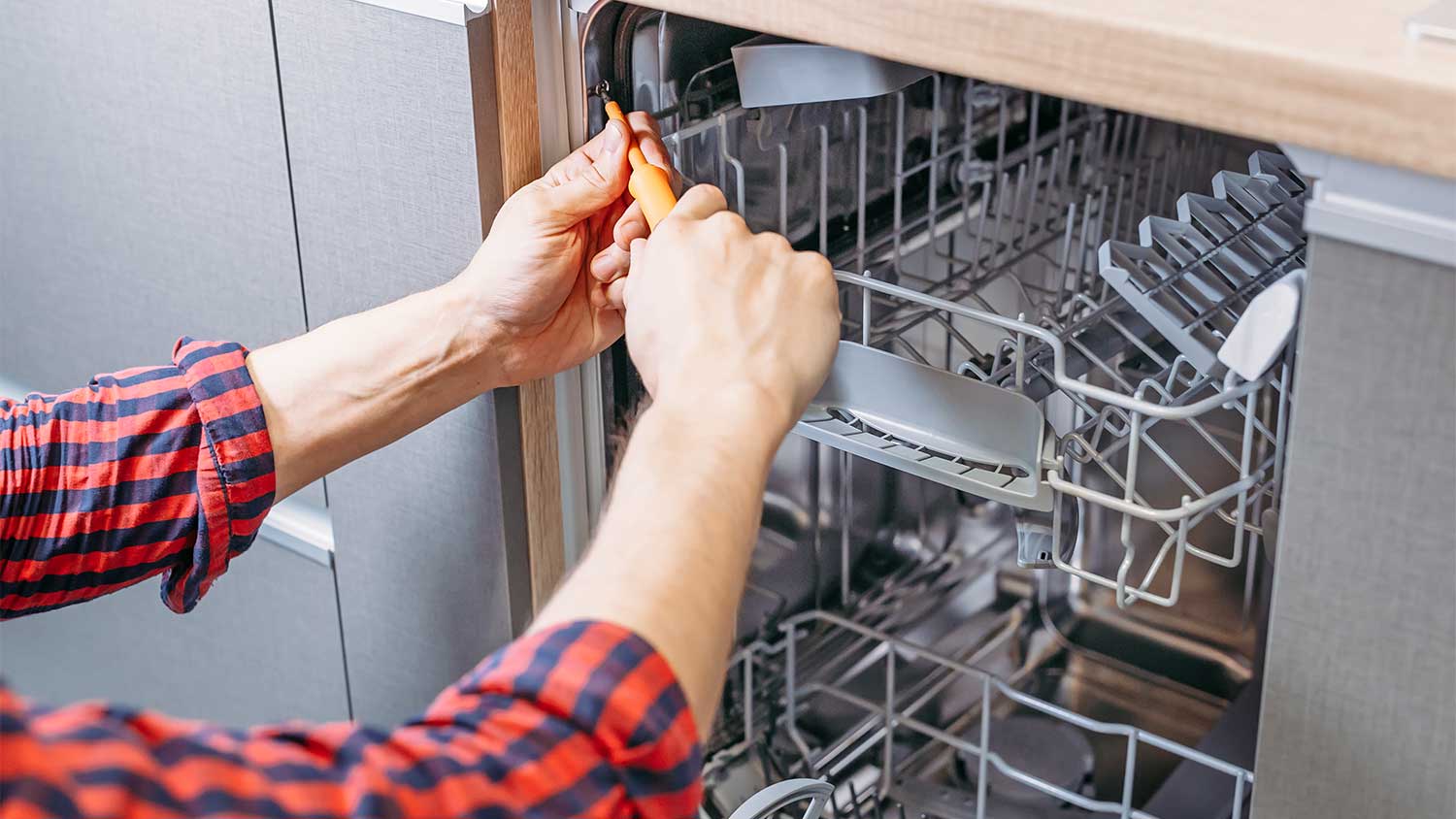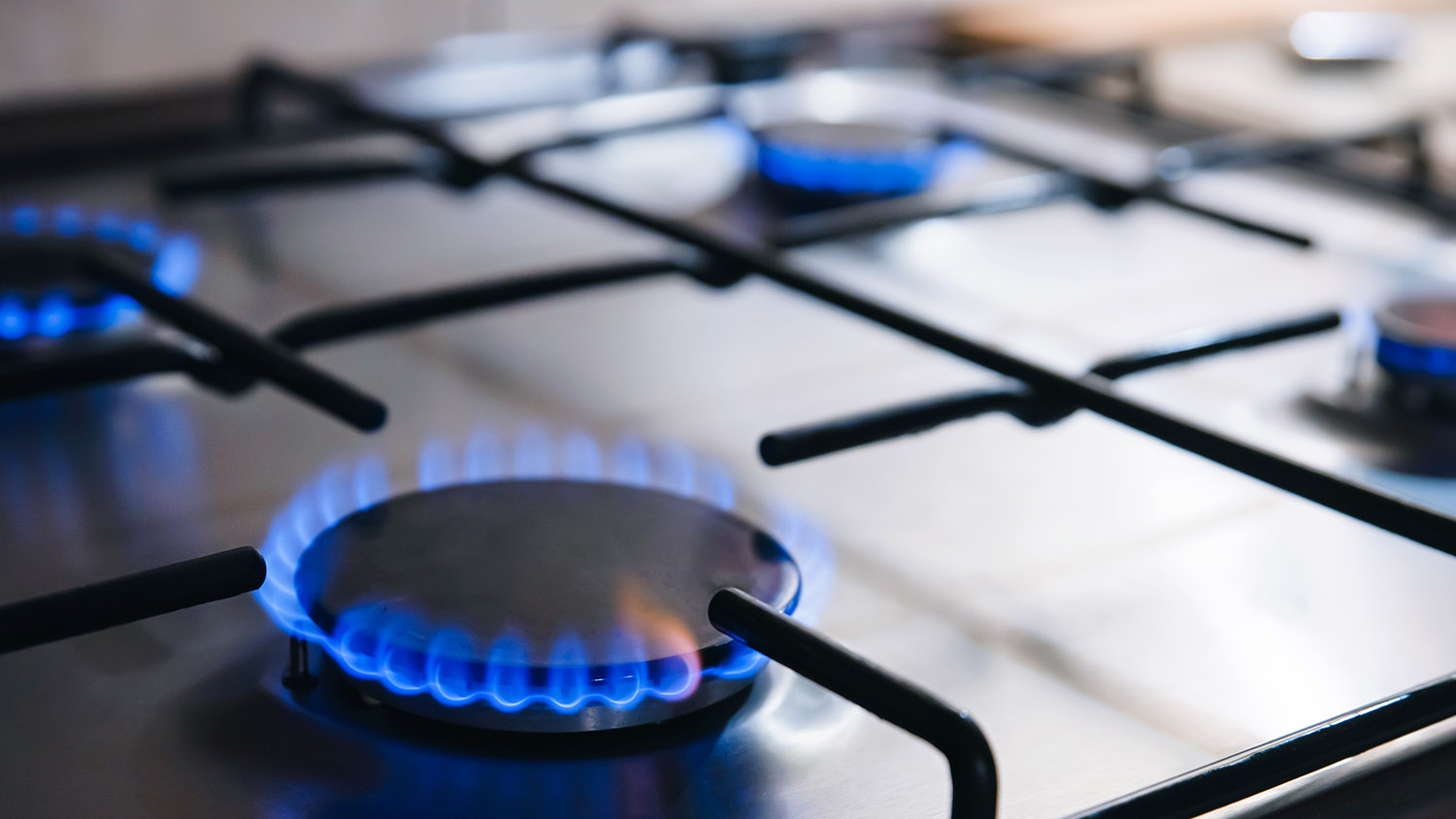
Discover the cost to install a gas cooktop. Learn about average prices, key cost factors, and tips to save on your gas cooktop installation project.
Don’t worry, this project shouldn’t be too much of a drain


Installing a washing machine standpipe—also called a washing machine drainpipe—is a great task for a handy homeowner. While installing the standpipe itself isn’t too difficult, it’s crucial you have access to a drainpipe to attach the standpipe to. The goal is to screw the newly-assembled standpipe into an existing drain and have it drain water efficiently and without leaks. Read on and learn how to install a washing machine standpipe drain in your home.
When you’re installing a standpipe, the first thing to decide is where you’re going to put the machine. Not all houses have preinstalled standpipes, and while this article will guide you through it, you need to be aware you can’t install a standpipe anywhere. You need access to a drainage pipe. This is why many options are limited, but some options are excellent, such as basements and garages.
You can get a bit creative with placement within reason. If you think of plumbing as gravity-fed, any room that has washer and dryer hookups should, in theory, have pipes in every room under it that you might be able to access to install a standpipe drain. However, any pipe still needs a hookup option—you can’t simply screw a standpipe drain into a solid pipe. If drainage isn’t obvious, call a local washing machine repair pro to help.
Installing this required drain isn’t terribly hard if there’s already a hookup and you won’t be installing a new one, but it isn’t easy either. You must install the pipe correctly so it drains the water well without leaking. You must also size it correctly so it’s hidden behind the appliance. Measuring twice and cutting once should be your mantra with this DIY project.

If you don’t want to keep your machine in the laundry room or want to add a second washer somewhere like a basement, you need to make sure there’s a drainage pipe in the room. It may be behind drywall, but it’s rare it will be patched over, so there should be a hole. Pick a room that has access to drainage pipes and where you can easily access the machine.
While you can pause this project in the middle in case you need to run to the store for a forgotten part, it’s better to have everything on hand. Remember that once you start this project, your washing machine will be out of commission. For those with large households, this timeframe should be as short as possible.
When working on appliances with power, you need to unplug them before you do any work. As an extra precaution, you can turn off the power to the entire room via the circuit breaker. Once you’re positive there is no power to the machine, you can shut off the water supply to the room. If a machine is already installed, this can be as simple as turning off the faucet located on the water line. Otherwise, find a water shut-off valve.
Once you’re sure the water is off, you can unscrew the hoses that feed into the machine (one hot water and one cold). Have a towel ready, as there will likely be water left in the pipes.

The drainpipe will likely stick out from the wall around your ankle or shin. If there isn’t an obvious one, don’t assume that means it isn’t there. If you have schematics of your plumbing, check them. A drainpipe is sometimes hidden behind drywall.
The standpipe should be cut so that it runs perpendicular to the wall, and a few inches below the wastewater hose that comes out of the washing machine. This ensures the water drains efficiently. Make sure to check requirements for both the machine and your home, as many municipalities require a 2-inch thick pipe.

Now that the vertical drainpipe, the U-shaped bend, and the piece that connects to the wall drain are cut to length, you need to connect them. However, you can’t simply screw the pieces together. Teflon tape and other sealing solutions need to be added to the threads to close the system. Without them, there is a high possibility of leakage.
When connecting the drainpipe to an existing drain channel, use the same strategy of Teflon tape or other sealant. Make sure there is nothing blocking the drainage pipe as that can cause the drainpipe addition to simply fill with water and then overflow.
Once the system is attached to the wall, you can check it for leaks by slowly pouring water into the drainpipe. Water isn’t supposed to sit in the pipe, so as long as it doesn’t leak when you run a few gallons of water through it, it should be secure. However, it’s worth watching for a few cycles. Keep some towels nearby so you don’t grab laundry to use in case of a spontaneous leak.

Locate the washing machine drainage hose and place it into the drainpipe. It should be far enough in so there is no danger of splashing, but not so far down that there’s no room for the water to go. Around 6 inches into the pipe is a safe distance. Once in, you can secure the hose with a zip tie, but be careful not to pinch the hose and kink it.
Once everything is attached, push the washing machine into position, but not so far back that you can’t check the drainpipe. Hook up the water to the machine before turning it back on, and turn on the power.
If your machine has a short-cycle option, this works well here. You want to fill the washing machine with enough water to check your work but not run an empty cycle that just drains power and wastes water. Once you’ve run two cycles and everything seems to be working properly, push the washing machine into its final position, monitor one more cycle, and then you’re done.
According to Angi customers, about 21% of washer and dryer problems involve a system that doesn’t work at all. Other commonly cited problems include being too noisy and not draining properly, at 10% each. Check out the most commonly requested projects:
If you can find an existing drainage pipe, this is a project you can DIY if you’re able to move a heavy machine and like to test your plumbing skills.
However, many factors could complicate this task and lead to damaging leaks. If you don’t have prior plumbing experience or feel the task is out of reach, you should call a local washing machine repair expert to set up your standpipe drain and make sure it’s functioning properly. While you’ll pay between $50 and $110 per hour for a professional, it’s still less than any water damage that arises from an improper installation.
From average costs to expert advice, get all the answers you need to get your job done.

Discover the cost to install a gas cooktop. Learn about average prices, key cost factors, and tips to save on your gas cooktop installation project.

Get expert insights on dishwasher repair cost, including average prices, key cost factors, and tips to save money on repairs.

Get a clear estimate for stove repair costs. Learn what impacts pricing, compare repair vs. replacement, and find tips to save on your next stove repair.

If your fridge is not cold but the freezer is, you can use these troubleshooting tips to find and address the issue, possibly without paying for repairs.

Washing machine not spinning? Don’t panic—just because it appears to be broken doesn’t mean you can’t get your washer running again. Read on to learn how.

Looking to extend the life and increase the efficiency of your dishwasher? Learn how to clean a dishwasher drain to enjoy a clean, dry load every time.